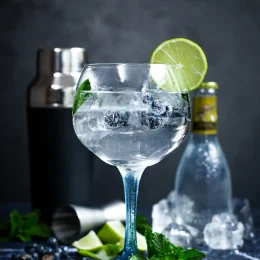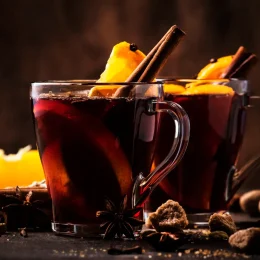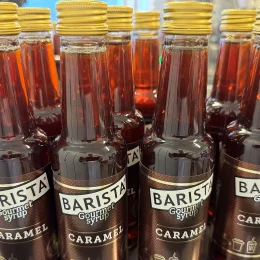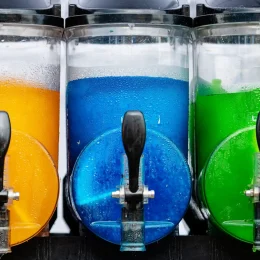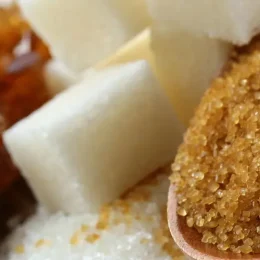Aroma
Aroma - Give your products a taste and color that excites with natural aromas and extracts
Aroma is important to how we experience the taste of food and drink. “Aroma” means scent or smell, but it is also closely related to taste, as the sense of smell affects how we perceive flavors.
When we eat or drink, scent molecules travel from the mouth up to the nose, where they stimulate the sense of smell and send signals to the brain. This creates a rich taste, where sweet, sour, salty, bitter and umami combine with the scent for a complex taste experience. Aroma therefore adds an extra dimension to the eating experience, contributing to the pleasure and satisfaction of the meal.
We at Storms AS have both natural aromas and aromas.
Extracts are concentrated forms of flavor, aroma or active ingredients that are extracted from various raw materials, such as plants, herbs, fruits, nuts and spices. Extracts are very versatile and make it possible to extract specific flavors and aromas from natural sources in a concentrated and effective way.
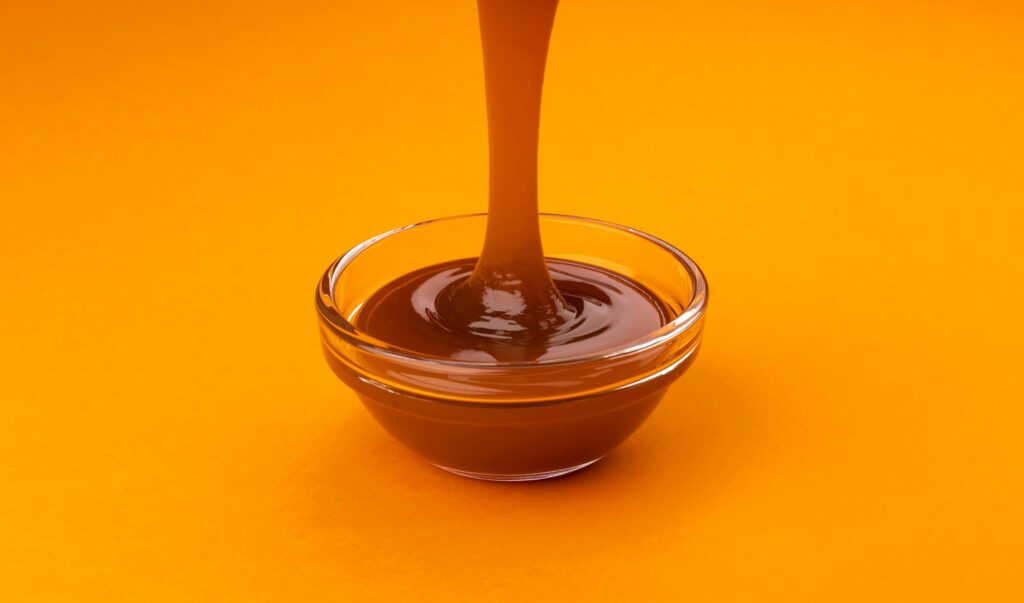
Caramel color is a common, natural coloring agent used to add a brownish hue to foods and beverages. It is made by heating sugar until it caramelizes, creating a dark, rich color. This process may also involve the addition of acids or bases, depending on the desired color intensity and stability. Caramel color is known as “E150” in ingredient lists and has several subcategories, such as E150a to E150d, depending on the production method.
Caramel color is used in everything from soft drinks and beer to sauces, baked goods and some types of snacks. In soft drinks, caramel color gives the characteristic dark tone. In food production, caramel color allows for standardization of the appearance of products, which is especially useful for processed foods that need to have a consistent appearance.
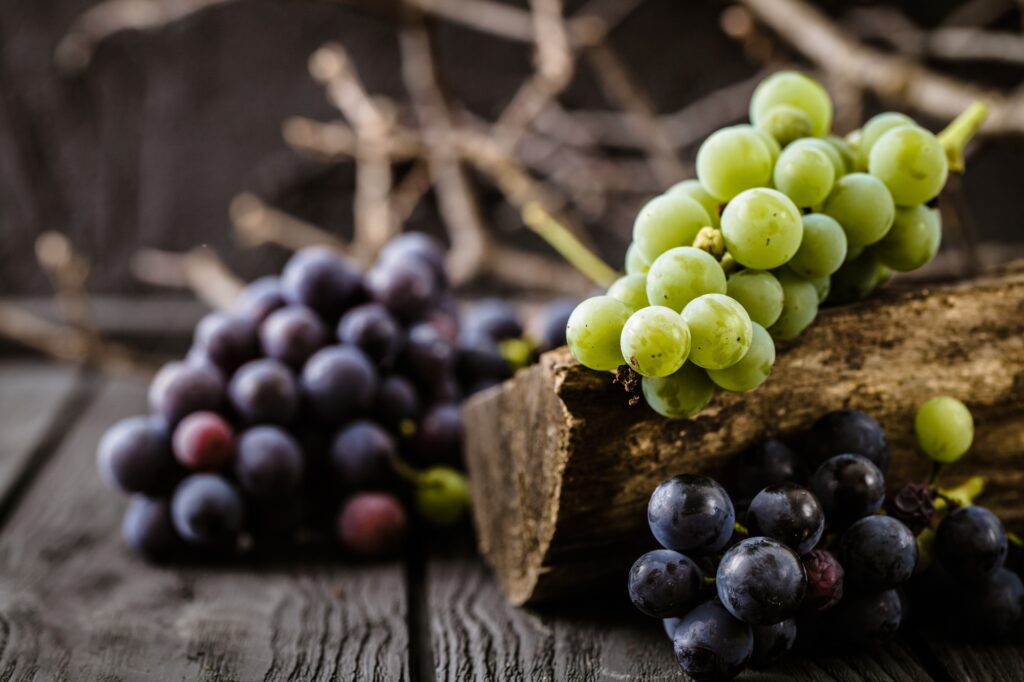
Anthocyanins are a natural pigment that gives grape skins, especially red and blue grapes, their characteristic colors ranging from red, purple to blue. These pigments are found not only in grapes, but also in many other fruits, berries and vegetables.
The color of anthocyanins changes depending on the pH value of the environment. In acidic environments, which are often found in fruits and berries, anthocyanins have a more reddish color, while they can become more blue or purple at higher pH values. This property is also used in the food industry to give color to various products, such as yogurt, juice and other beverages.
Storms AS also has black carrot concentrate that can be used as a natural color in drinks and food. The anthocyanins in black carrot concentrate give a deep purple to red hue depending on the pH. This concentrate can be a good alternative to synthetic dyes.
Get in touch!
Enhance the taste and appearance of your products with our natural aromas, extracts and colors. Contact us for customized solutions that give your products a competitive advantage!
